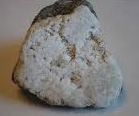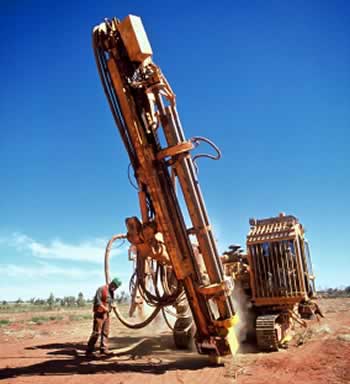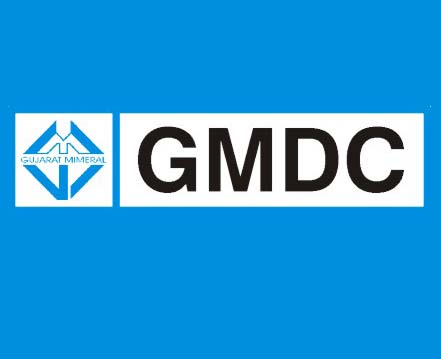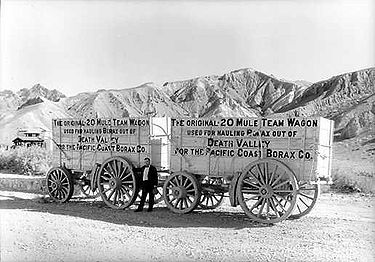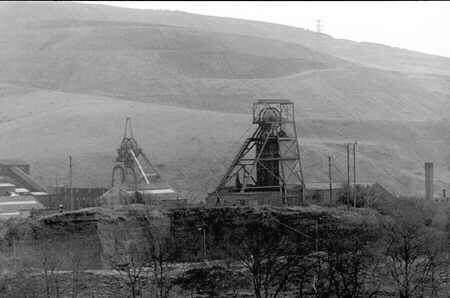Anaconda Copper

Company Location
Company Description
The Anaconda Copper Mining Company, part of the Amalgamated Copper Company from 1899 to 1915, was an American mining company. It was one of the largest trusts of the early 20th century and one of the largest mining companies in the world for much of the 20th century.
Founded in 1881 when Marcus Daly bought a silver mine, the company expanded rapidly based on the discovery of huge copper deposits. Daly built a smelter in Anaconda to process copper mined in Butte. Daly sold his assets in 1899 to H H Rogers and William Rockefeller.
By 1910, Amalgamated had expanded its operations and bought the assets of two other Montana copper companies. In 1922, Anaconda bought mining operations in Mexico and Chile; the latter was the largest mine in the world and yielded two-thirds of the company's profits. The company added aluminum reduction to its portfolio in 1955. In the 1950s, the company switched over from underground to open-pit mining.
Anaconda Copper is a copper mining and smelting company that was founded in 1881 in Butte, Montana. It was the largest copper mining company in the world for much of the 20th century and the largest corporation in the world at one point. Anaconda Copper mined copper from its mines in Butte and Anaconda, Montana and smelted it in its smelters in Anaconda. It also had mines in Chile and Australia.
Anaconda Copper was a major employer in the Butte area, employing thousands of people in the copper mining and smelting industry. It was a major force in the economy of the region, providing jobs and economic activity for many people. Anaconda Copper was also a major polluter, releasing toxic chemicals into the environment, particularly in the Anaconda area.
Related Companies:



